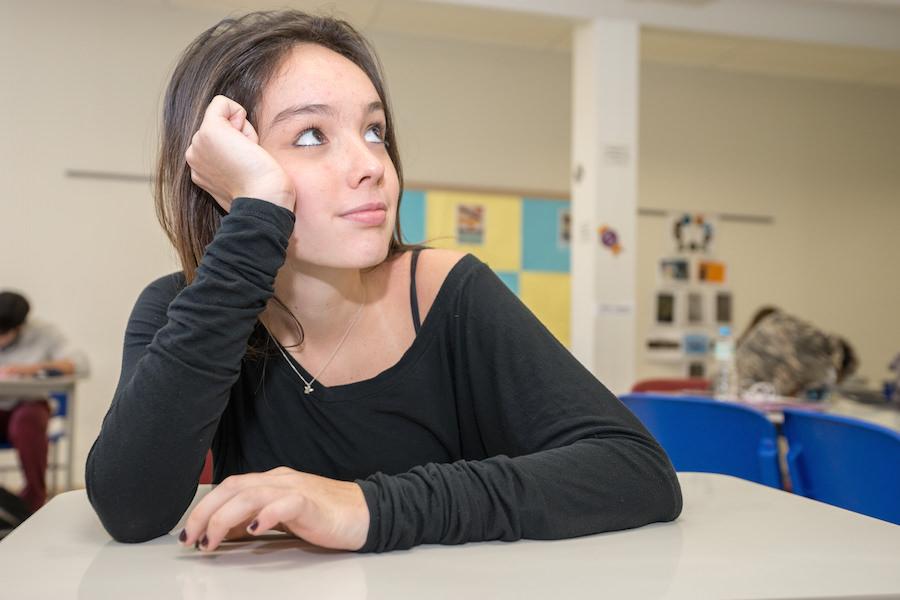Teacher steps into students’ shoes
On Friday, October 11, a post titled “A veteran teacher turned coach shadows 2 students for 2 days—a sobering lesson learned” was posted on educator Grant Wiggins’ blog. Author of many articles and books on schools (including the highly influential Understanding by Design), Wiggins is currently the President of Authentic Education (AE), a consultancy concerned with school reform.
The post is from a high school teacher, whose identity was not revealed initially; it is an account written after the teacher shadowed one sophomore and one senior, each for a school day. The post attracted many views and comments, and Wiggins later revealed that the teacher who had written the post was his daughter, Alexis Wiggins.
Alexis Wiggins has been a high school teacher for 15 years, currently working in an American-international school in Saudi Arabia. The inspiration for this shadowing experience came at the suggestion of her principal. The newly appointed High School Learning Coach, Wiggins was advised to “be a student for two days.” As part of the shadowing activity, she had to complete all the assignments of the tenth- and twelfth-grade students. She took notes in class, participated in labs, and took tests as well.
Wiggins explained, “[the experience was] so eye-opening that I wish I could go back to every class of students I ever had right now and change a minimum of ten things—the layout, the lesson plan, the checks for understanding. Most of it!”
She particularly noted the inactivity of students in school as well as in classrooms. She “could not believe how tired [she] was after the first day.” Wiggins observed that students did not move much during class and walked only when moving from class to class. The learning coach expressed exhaustion from sitting in class for so long. “We forget as teachers, because we are on our feet a lot—in front of the board, pacing as we speak,” she observed.
In addition, Wiggins pointed out that students were passive in class, a lack of involvement not simply from a teacher’s dominance in class. According to Wiggins, students were silent when peers were called up to the board to solve a problem, presented something, or simply when they were taking tests.
The third and last “takeaway” Wiggins writes about is how students may “feel a little bit like a nuisance all day long.” During her experience as a student, she noticed how students were told repetitively to pay attention. She felt pity for the students about this, writing that they are “reacting to […] sitting and listening all day. They have had enough.”
Wiggins also reflected the use of “sarcasm and snark” directed at students. She explained from her own experience as a teacher how it was challenging to handle situation in which different students repeatedly asked the same question about a test despite her efforts to answer the question to the whole class. She acknowledged her own use of sarcasm as she “had made a big show of rolling my eyes and drily stating, ‘OK, once again, let me explain…’” However, experiencing this moment as a student, Wiggins understood the anxiety with which students ask questions, even if already asked by another peer. She further added that how eye-rolling or any form of negative reaction from the teacher could discourage students from communicating with teachers.
After experiencing two days of high school, Wiggins concluded her post with a positive note, now having a better understanding of students. She said that she now has “more respect and empathy for students” and encourages other teachers to try shadowing students as well. According to her, the experience could help in constructing a better learning environment for students, one in which students can be more interested, active, and balanced.
Sources: washingtonpost.com, authenticeducation.org















